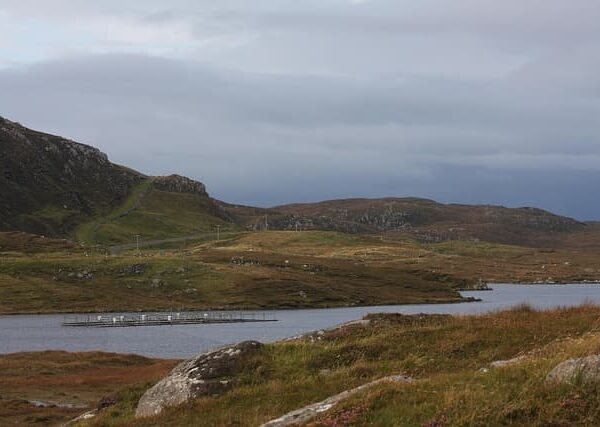Graysanna Lewis (1821-1912) was an American naturalist, illustrator, and social activist known as a pioneer in the field of ornithology and active in the abolition, temperance, and women’s rights movements.
Early Years and Education
She was born on August 3, 1821, on a farm in Chester County, Pennsylvania. She was left fatherless at the age of three, and her mother, Esther Fussell Lewis, taught science, instilling in her daughter a love of knowledge. Her mother also provided refuge for runaway slaves traveling to Canada, continuing this practice after her death. Graysanne attended the Kimberton School for Girls, where she studied science, including astronomy, botany, chemistry and zoology, and showed a talent for drawing natural objects.
Career and scientific endeavors
After graduating in 1842, Graysanne taught botany and chemistry at a school in York, Pennsylvania, run by her uncle. In the 1850s, she moved to Philadelphia, where she joined a group of Quakers with a passion for the natural sciences, including Ezra Michener and Vincent Bernard. In 1862 she met John Cassin, a prominent ornithologist, and studied ornithology under his direction for five years. In 1867, the bird species Icterus graceannae was named in her honor. In 1868, Graceanna published The Natural History of Birds, the first part of a planned multi-volume work. Cassin’s death in 1869, however, hampered her future scientific career. Her work was considered too complex for a general audience and not progressive enough for the scientific community. In addition, because of her religious beliefs, she was skeptical of Darwin’s theory of evolution, preferring to see nature as a manifestation of divine design.
Social activities
In addition to her scientific work, Graysanne was active in the social movements of her time. In line with Quaker beliefs, she was a pacifist and fought for the abolition of slavery by providing sanctuary for runaway slaves. She was also a temperance activist, serving as secretary and superintendent of science education at the Christian Temperance Union in Medillia, Pennsylvania. In addition, Graysanne advocated for women’s rights, presenting a paper entitled “Science for Women” at the Third Congress of Women in Syracuse, New York, in 1875.
Final Years and Legacy
Graysanne spent the last years of her life in Medillia, Pennsylvania with her nephew, artist Charles Lewis Fussell. She passed away on February 25, 1912 at the age of 90 after suffering a stroke and was buried in the cemetery of the Prprovidense Presbyterian Church in Media. A species of bird, Icterus graceannae, was named in her honor, and her work continues to inspire scientists and activists.
